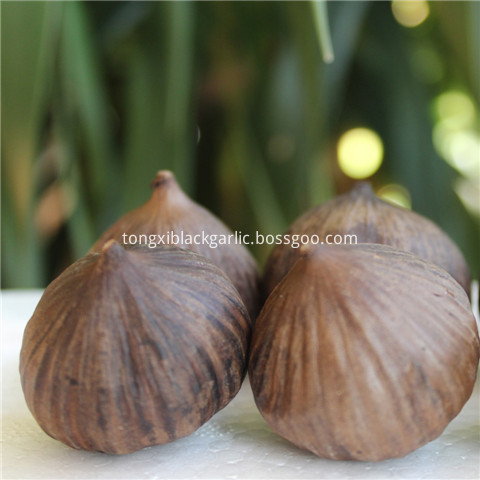During the summer, regardless of caged or free-range laying hens, egg production will decline and even stop production. Food is not produced, and some chicken farmers think this is a natural phenomenon. Actually it is not. As long as artificially improving the breeding and management conditions for laying hens and creating a suitable environment, it is possible to prevent the laying hen from “resting†and continuing. Many eggs. The main measures are the following: Ventilation and cooling: Closed-type houses can be equipped with fans or ceiling fans. Longitudinal ventilation is better than horizontal ventilation, and the wind speed in summer houses is 1.0 m/s to 1.2 m/s. Wet curtain is the most economical and effective cooling measure in current scale production. Vertical ventilation combined with wet curtain cooling to prevent heat stress is better. The open house can be equipped with a fan to open all doors and windows to promote air circulation. Spray water cooling: The best measure to relieve the heat stress of layer chickens in open chicken houses is water spray. When the temperature exceeds 32°C, use high-pressure rotary atomizers to spray cold water on the top of the house or cool the chicken with cold water spray. Can reduce the temperature 5 °C ~ 10 °C. Cut off the "sweater" on the laying hens: After plunging, cut off feathers on the chest, belly, legs, and wings of the chicken and remove the "sweater" from the chicken, but do not put the chicken on its back or neck. The feathers on the tail are cut off so that chickens catch mosquitoes and flies. Timely removal of chicken manure: summer chicken manure is easily fermented and induce respiratory diseases. Therefore, the excrement and litter in the house should be promptly cleaned (at least once every other day) to keep the house clean, dry, and hygienic. Changes in feeding and management: schedule should be taken early in the hot season to turn on the lights early, turn off the lights early lighting method, that is, light from 3 to 4 in the morning, turn off the light from 7 to 8 in the evening, and increase the number of feeds before the temperature rise in the morning Let the chicken eat at the coolest time of the day. At the same time, the activities of the chickens should be reduced as much as possible. Feeding should be stopped at the hottest day of the afternoon between 13:00 and 3:00 to reduce the feeding activities of chickens. The supply of fresh, clean, cold water throughout the day is a 3 to 4 times higher intake of layered chickens in high-temperature weather. Ensure that chickens can drink clean, non-polluting cold water throughout the day (water temperature is appropriate at around 10°C). On a dog day, it is best to change the water every 2 hours. Do a good job of epidemic prevention and treatment: In the summer, we must focus on the prevention of coccidiosis in chickens. We should also pay attention to the prevention and control of E. coli and white-crown disease, and do a good job of immunization against Newcastle disease, fowlpox, and bird flu.
Solo garlic, also known as single clove garlic, monobulb garlic, single bulb garlic, or pearl garlic,is a variety of Allium ampeloprasum. The size of the single clove differs from approximately 25 to 50 mm in diameter. It has the flavour of the garlic clove but is somewhat milder and slightly perfumed. It originates in Yunnan province in Southern China. The appearance is somewhat akin to that of a pickling onion, with white skin and often purple stripes. Solo garlic offers the advantage, compared to traditional garlic, of being very quick and easy to peel.The harvest time is February to March every year. It has a strong fragrant taste compared with multi(whole) clove regular garlic. It also has a high nutrition content. Its price is higher than regular multi-clove garlic but those people who buy it simply love it.
Solo Black Garlic,Single Clove Black Garlic,Single Bulb Black Garlic,Fermented Solo Black Garlic Zhucheng Tongxi Commercial And Trade Co.,Ltd. , https://www.blackgarlicgroup.com
Reduce the stocking density: Generally, the required area for raising each chicken cage is 0.4 square meters, and there are 3 cages per cage. Flat-range free-range, can raise 3 to 5 per square meter. A large group of breeding, each group is suitable for 200. 